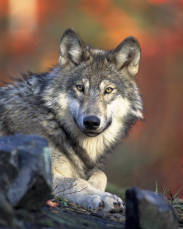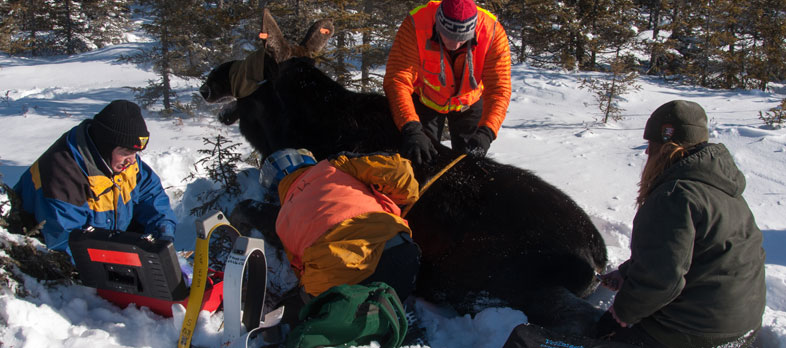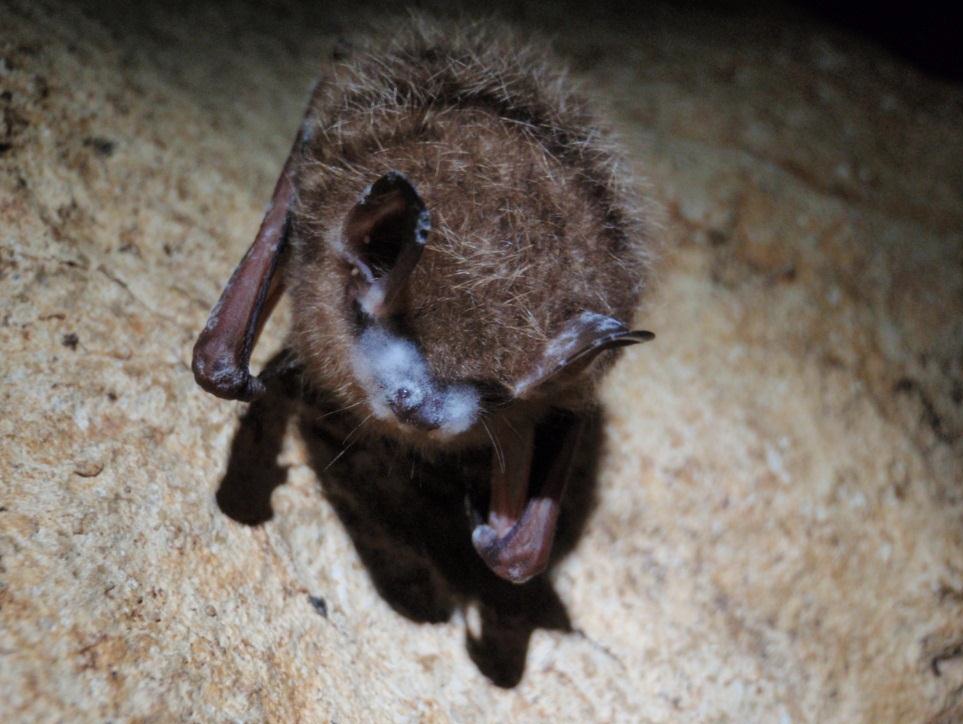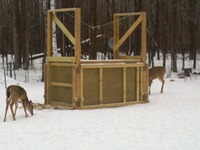 The loss of several collared wolves to hunters has put a decades-long study in Yellowstone National Park in jeopardy, the Great Falls Tribune reports. “So far this year, hunters have killed 12 percent of the park’s wolf population…” the article states.
The loss of several collared wolves to hunters has put a decades-long study in Yellowstone National Park in jeopardy, the Great Falls Tribune reports. “So far this year, hunters have killed 12 percent of the park’s wolf population…” the article states.
Because humans have been no threat to wolves for decades inside the national park, the wolves are naive when they encounter hunters just outside its borders. Some are dead within hours of leaving the park, the article says. Montana has allowed wolf hunting since 2009, Wyoming introduced wolf hunting this year.
The research conducted on collared wolves in the park has resulted in 68 papers in peer-reviewed journals, the article says. It also notes that the death of a few key wolves has threatened the existence of entire packs within the park.
Read more in the Great Falls Tribune.
Photo: Gray wolf by Gary Kramer, courtesy of US Fish and Wildlife Service





